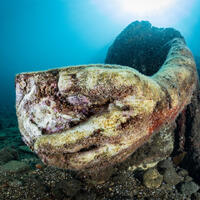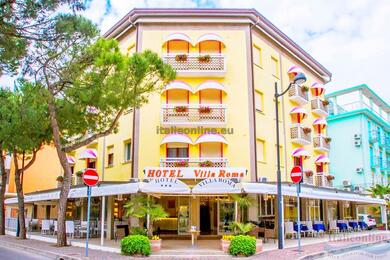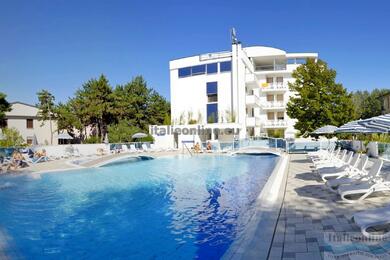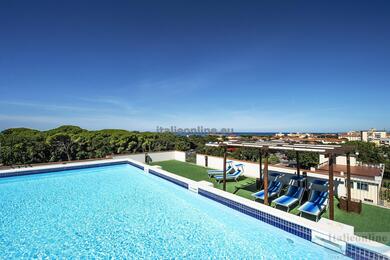The history of Venice dates back to the Migration of Nations, when the Veneto/Benet tribe from the safety offor safety reasons, the Veneti settled on the islets of the lagoon and built the first simple hut settlements on wooden piles. The uniqueness of the location then helped the gradual emergence of a wealthy city that specialised in trade with the eastern Mediterranean and Byzantium.
By the 9th century, the first documented Doge (leader) ruled here and Venice became a patrician republic of great commercial, political and military importance. It took an active part in the organisation of the Crusades, and competed successfully with other great powers such as Genoa and Pisa.

The city's greatest boom came in the Middle Ages, when it became a centre of the fine arts, especially painting and architecture. The Italian Renaissance is represented by the Belini family, who created an independent school here. Its famous pupils and followers included Giorgone (High Renaissance) and Titian (High Renaissance/Baroque). Among the famous Venetian painters of later times, we must not forget to mention Tintoretto (Mannerism).
As far as architecture is concerned, the so-called Venetian Gothic, which is a combination of Byzantine, Islamic and Gothic architecture, was created here. Even the more recent Renaissance and Baroque buildings are influenced by this style. For example, minarets are often found here. The builders had to cope with the specific environment of the islands; the palaces and churches are built on hundreds of oak poles, just like their 6th century predecessors. A famous Venetian builder was Andrea Paladio.
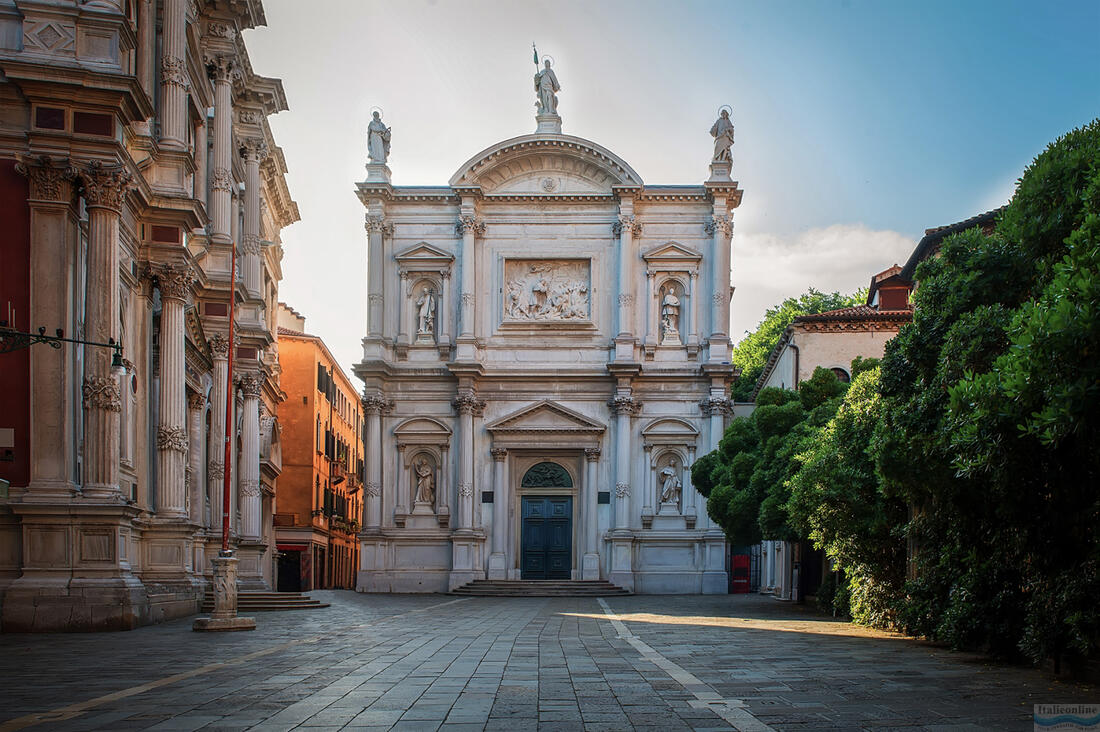
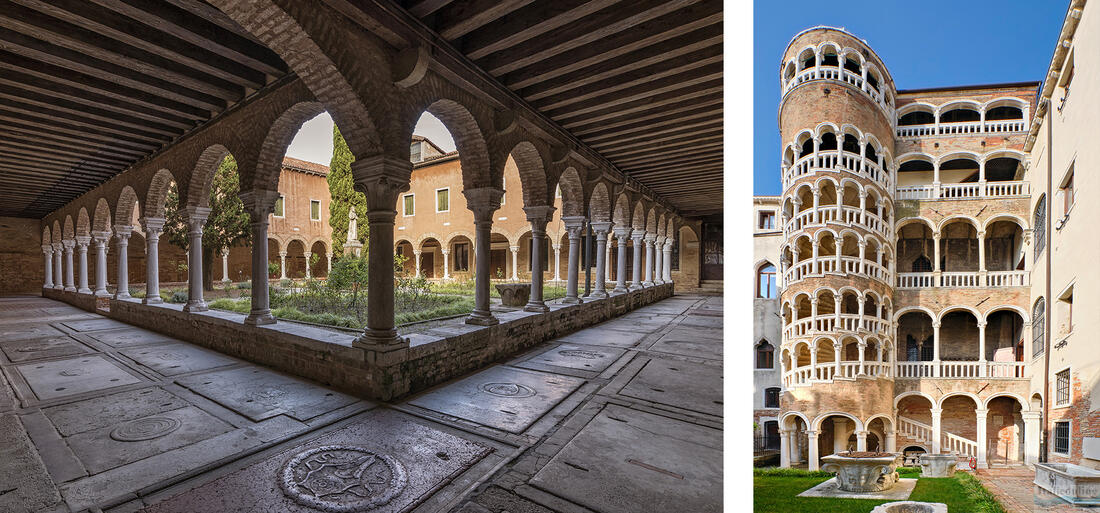
Towards the end of the 16th century, the power of the Venetian Republic began to decline, mainly due to the discovery of new shipping routes around Africa. However, the culture in Venice continued to develop. In the second half of the 17th century, for example, the Venetian theatre enjoyed an unprecedented boom. It was here that opera, until then performed exclusively in the courts of the monarchy, took on a new form and became available to the bourgeoisie. Venice became an operatic power. There were more than 16 theatres, and opera was also performed in monasteries and manor houses and palaces. Operas were composed very quickly, and no expense was spared on beautiful baroque sets and costumes. One of the most popular composers was Francesco Cavalli.

In 1797 the republic came to an end thanks to the French occupation. After that, Venice was alternately under the influence of Austria and France, and in 1815 Napoleon landed here and annexed Venice to the Austrian Empire. But this was seen as another occupation and a cause for unrest. In 1866, Venice joined a united Italy by popular vote. The Venetians have not forgotten their glorious past and nowadays there are voices for the restoration of an independent Veneto.
Venice today
Today, Venice is a cultural power. The fine arts are still present here thanks to the many world-famous galleries. The largest collection of Venetian artworks can be found in the Galleria dell'Accademia. Lovers of modern art can visit the Museo d'Arte Moderna, housed in the Palazzoca' Pesaro, and attracts names such as Klimt, Chagall and Kandinsky, Klee, Matisse, Moore and many others.
Venice is also home to one of Peggy Guggenheim's collections. This is housed in the small Guggenheim Museum on the banks of the Grand Canal. Here we can see works by Picasso, Dali, Polloc and many others. The entrance fee is around 10 - 12 €. It is worth considering buying a venezia unica tourist card, which allows us to get a discount for visiting museums or transport in the city. Among other things, it allows a discount on public toilets. For visitors who are in Venice for a short period of time and are interested inhowever, for a short stay in Venice and a few churches and palaces, the card is not worth buying.

Every two years the Venice Biennale(Biennale di Venezia), a showcase of contemporary art, is held. Other festivals have been associated with it - a showcase of architecture, theatre and music, and not forgetting the Venice Film Festival. These events are held annually and attract crowds of art lovers to Venice. The tradition of Venetian theatre is also still very strong. The current Teatro La Fenice (Phoenix) is one of the most famous opera houses in Europe. Giuseppe Verdi chose this theatre as his home stage and performed most of his operas here. Since then, Europe's most famous theatre artists have taken turns here.
The Venetians have mortgaged every spot on the islands of the lagoon with their houses, palaces and churches. As a result, lovers of architecture will find a real treat here, with monuments standing side by side undisturbed by modern architecture. This is especially true on the mainland. notable palaces include the aforementionedCa' Pesaro, Ca Rezzonico, Palazzo Vendramin - Calergi and Palazzo Loredan.

Most of the most beautiful palaces are located on the banks of the Grand Canal. Visitors are attracted by beautiful churches such as San Marco, San Giovanni e Paolo, Santa Maria dei Frari, Santa Maria della Salute and many others. Don't forget to visit St. Mark's Square with the Basilica of San Marco, the Doge's Palace and the Campanile di San Marco, the symbol of Venice.
But one modern building has found its way into the centre of Venice. It is the Ponte della Constituzione bridge, built in 2008. Until then, only 3 bridges crossed the Grand Canal, Venice's main thoroughfare, and residents and tourists had to cross by ferry. The Traghetti is still used to transport visitors to Venice today, as even 4 bridges across the Grand Canal are not enough. Especially when its banks are lined with beautiful ancient palaces that every tourist wants to see.
The canals and bridges are an integral part of Venice's image. Most of the houses can be reached either by cobbled streets or by water, whether you use a boat, the local vaporetto water bus or a romantic gondola.

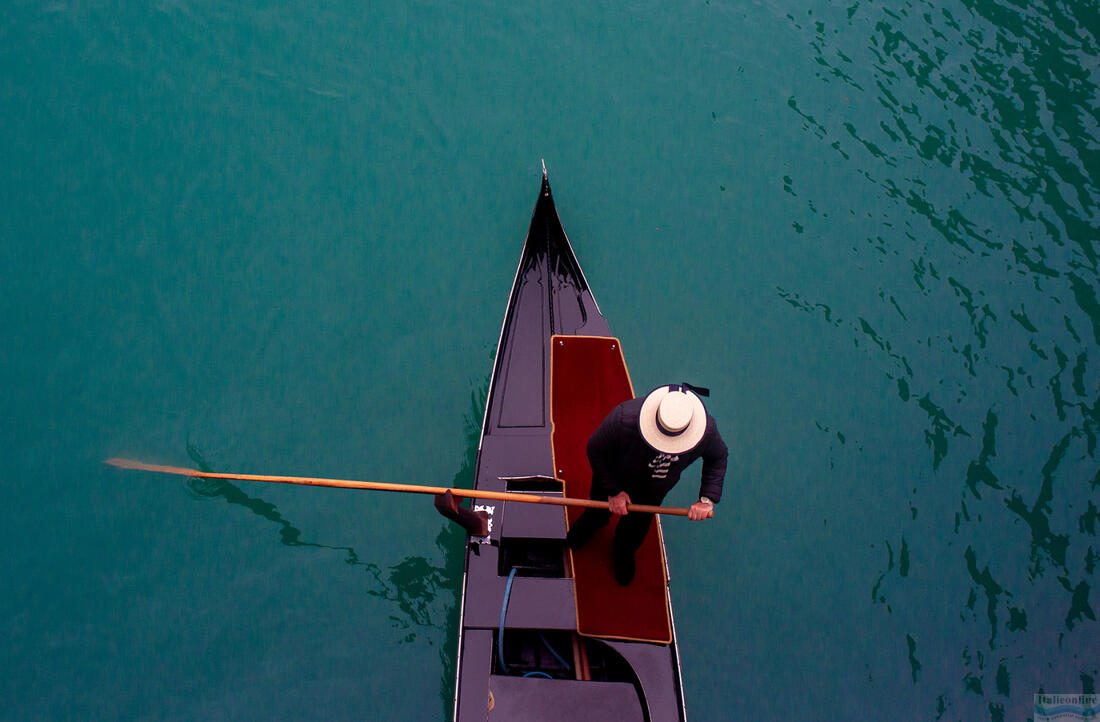
One of the most important cultural events of the year is the world-famous Carnival of Venice. It has a long tradition, with the first written mention of the Carnival in Venice dating back to 1268. It was most popular in the 18th century, when people from all over the world visited it, as they do today.
The Carnival takes place in winter (usually starting a week before Ash Wednesday) and is accompanied by exuberant revelry and many events held throughout the city. At the end of the carnival, the most beautiful mask is always chosen and a ball is held in Piazza San Marco. Some of the masks have a traditional form, which is based on the Italian theatre - Comedia dell'Arte. You are sure to see Colombina, Moreta (the black lady) or the nosey Medico della Peste (the plague doctor). Mask-making has been a recognised art since the 15th century.
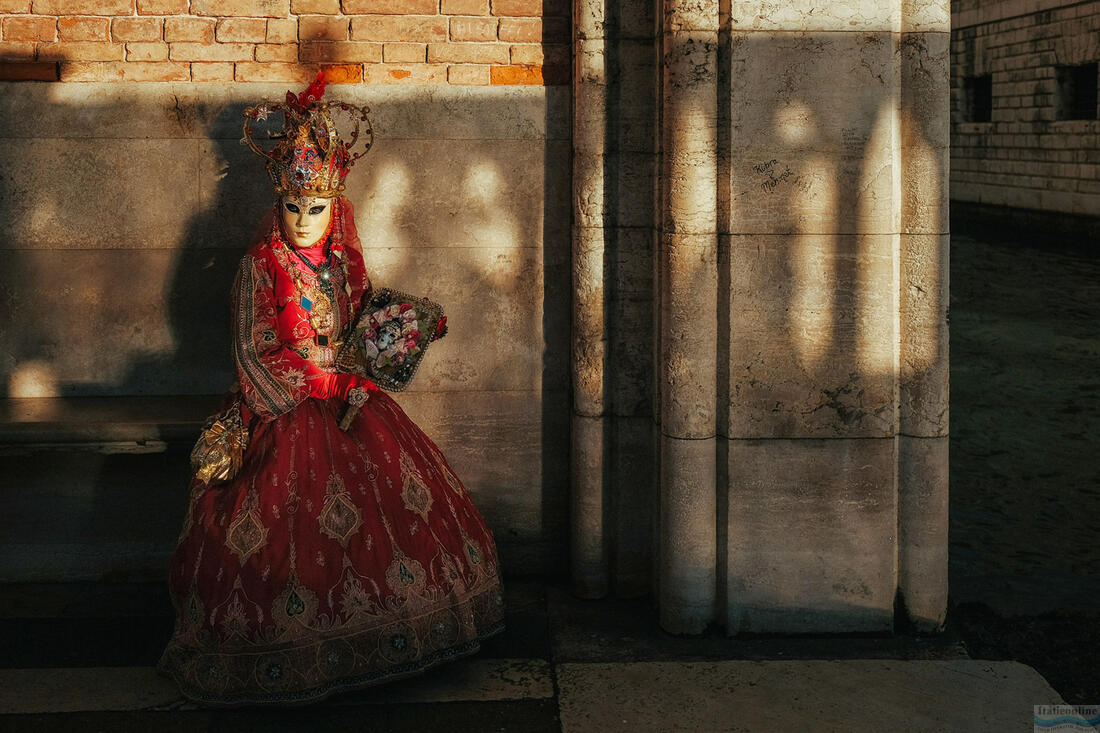
Typical souvenirs of a visit to Venice are not only the carnival masks, which can be purchased in both luxury and economical forms, but also the world-famous Venetian lace. These were traditionally made on the island of Burano. Here you will see old ladies making lace and embroidery by hand in front of small houses with stained-glass shutters. The island of Murano is known for its glassmaking.
Hundreds of thousands of tourists visit Venice every year. The city is considered one of the most romantic cities in Europe. Many people even come here for their honeymoon.


